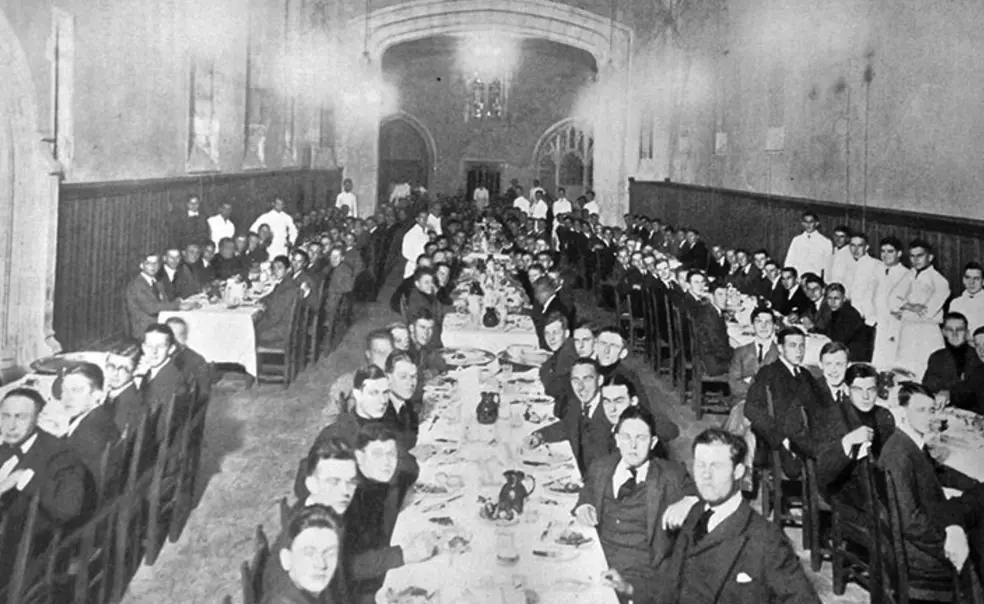Princeton’s Class of 1920 had to wait until October to begin its freshman year. In September 1916, the parts of the Eastern United States were in the midst of a polio epidemic, and University officials, in consultation with the local board of health, decided to postpone the start of the fall semester by two weeks. On Oct. 10, the new students listened to President John Grier Hibben’s address on Princeton’s intellectual tradition at Opening Exercises and dined in the new campus dining halls.
But the delayed opening did not spare Princeton from the tragic reach of polio: 17-year-old Eric Brunnow, an incoming freshman and son Professor Rudolph Brunnow, was diagnosed with the disease Oct. 14 and died in McCosh Infirmary a day later. PAW reported that the student likely contracted illness while in New York City a week earlier. The University opted to continue the academic year and preached vigilance, urging students “not to allow colds or other minor sicknesses to go untreated, but to use the Infirmary freely.”
Brunnow, described in The Daily Princetonian as a student with “promise of marked literary ability,” was one of more than 6,000 Americans to die of polio in 1916.












No responses yet